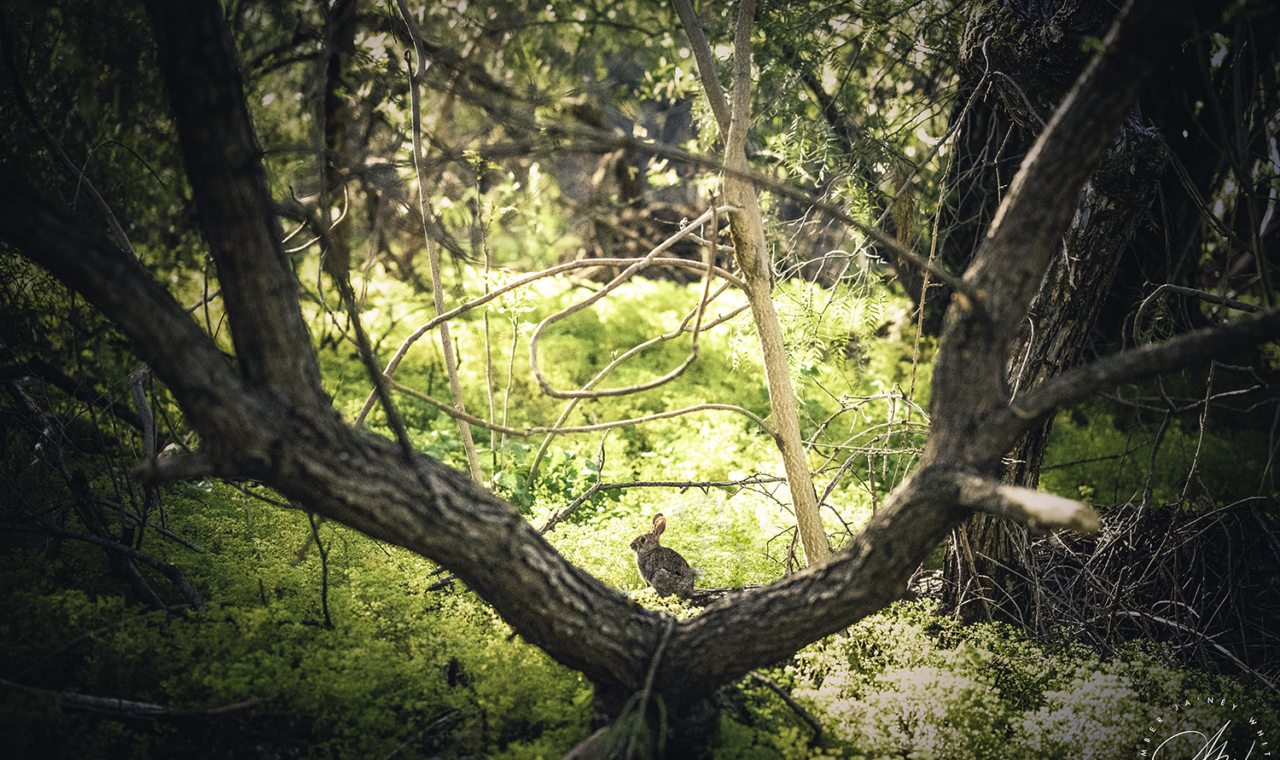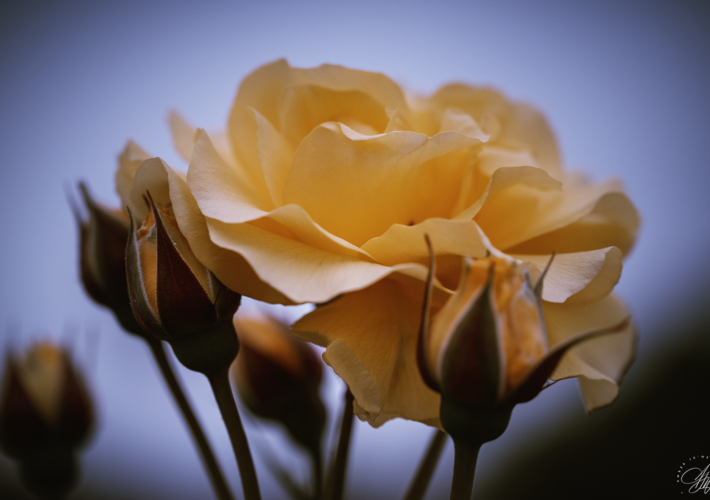Being a new photographer can be an exhilarating yet challenging experience. As I embarked on my journey, I quickly discovered my deep appreciation for the enchanting qualities of natural lighting. Its ability to evoke emotions, create stunning compositions, and capture moments authentically is unparalleled. In this blog post, I want to share my personal experiences and insights on working with natural lighting, as well as the invaluable tools I use to enhance my outdoor photography.
There’s something magical about the soft, diffused light of a sunrise or sunset, or the warm glow that filters through a canopy of trees. Natural lighting has a way of transforming ordinary scenes into extraordinary works of art. I find it fascinating how it can dramatically affect the mood, texture, and colors in a photograph, lending it a unique and organic aesthetic.
One of the most important lessons I’ve learned as a natural light photographer is the value of patience. Unlike controlled studio lighting, natural lighting is ever-changing. It ebbs and flows with the passing clouds, dances with the shifting shadows, and morphs with the movement of the sun. Capturing the perfect moment requires a keen eye, adaptability, and an understanding that nature sets the stage for us photographers to create our own stories.
While natural lighting can be awe-inspiring, it also presents its own set of challenges. Excessive brightness during midday shoots or harsh sunlight can result in overexposed images with loss of detail. To combat these issues, I rely on two essential tools: neutralizer and polarizer filters.
Neutralizer filters help me balance the exposure by reducing the intensity of light, allowing me to capture a wider dynamic range. They are particularly useful when shooting in high-contrast situations, such as during bright sunny days when shadows can be deep and highlights can easily blow out.
Polarizer filters, on the other hand, assist in managing reflections and enhancing color saturation. They effectively minimize glare from reflective surfaces like water or glass, and deepen the blues of the sky, resulting in more vibrant and compelling images.
One of the joys of working with natural lighting is embracing its imperfections. The softness and subtleties it brings can enhance the authenticity of a photograph, making it feel alive and relatable. I have learned to appreciate the beauty in imperfections – the gentle lens flares, the dappled light filtering through foliage, or the golden hour glow casting a warm embrace over a subject. These imperfections often add character and depth, elevating the overall storytelling of my images.
If you’re just starting out in photography, I encourage you to explore the captivating world of natural lighting. Embrace its ever-changing nature, experiment with different techniques and tools, and let the beauty of the world around you inspire your creative vision. Remember, sometimes the most breathtaking images can be captured when you simply surrender to the magic of natural light.
Natural lighting is one of the most beautiful and versatile tools in photography. Whether you’re taking portraits, landscapes, or still life shots, learning how to use natural light can take your photography to the next level. Here are some tips for using natural light in your photography:
- Shoot during the golden hours: The hour after sunrise and the hour before sunset are known as the golden hours because the light is soft and warm, casting long shadows and creating a beautiful golden glow. This is a great time to take portraits or landscape photos, as the light is flattering and creates a sense of depth and dimension in your images.
- Use windows and reflectors: When shooting indoors, position your subject near a window to take advantage of natural light. The soft, diffused light will create a flattering effect on your subject. You can also use a reflector to bounce light onto your subject, creating a brighter and more even exposure.
- Avoid direct sunlight: Direct sunlight can be harsh and create unflattering shadows and highlights in your images. If you must shoot in direct sunlight, try to position your subject in the shade or use a diffuser to soften the light.
- Consider the time of day and weather conditions: Cloudy days can create soft, diffused light that is perfect for portraits and still life shots. The midday sun can create harsh shadows and high-contrast images. Consider the weather conditions and the time of day when planning your shoot.
- Experiment with different angles: Don’t be afraid to experiment with different angles and positions to capture the best light. Try shooting from a low angle or a bird’s eye view, or move around your subject to see how the light changes.
Natural lighting is a powerful and versatile tool that can help you create stunning images. Whether you’re shooting outdoors during the golden hours or indoors near a window, learning how to use natural light effectively can take your photography to the next level.



